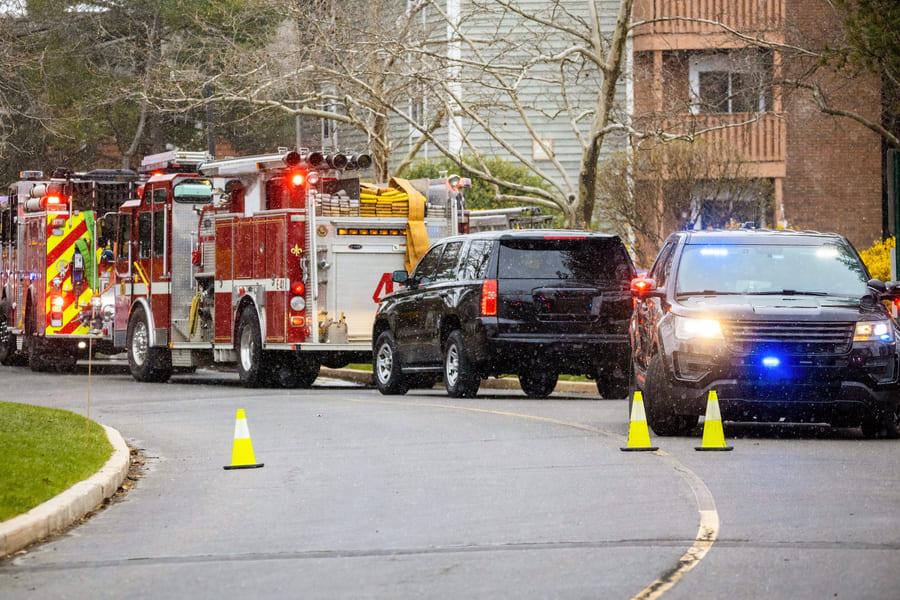When you’re behind the wheel, safety should always be your top priority. One crucial aspect of safe driving is knowing how to navigate around emergency vehicles. Whether you’re in Surrey, New Westminster, Langley, Richmond, or North Vancouver, understanding the rules and best practices for driving around emergency vehicles can help ensure both your safety and that of first responders.
Understanding the Importance
Emergency vehicles, such as ambulances, fire trucks, and police cars, often need to reach their destinations quickly. When you hear sirens or see flashing lights, it’s vital to respond appropriately. Failing to yield can not only delay their response time but also put lives at risk. As you prepare for your driving test or take driving lessons, knowing how to handle these situations is essential.
The Rules of the Road
- Yield the Right of Way: When an emergency vehicle approaches, you must yield the right of way. This means moving to the side of the road and stopping until the vehicle has passed.
- Maintain a Safe Distance: If you’re following an emergency vehicle, keep a safe distance. This not only allows you to react appropriately if they suddenly stop but also provides space for other vehicles to maneuver.
- Stay Aware of Your Surroundings: In busy areas like Surrey and New Westminster, it’s essential to stay alert. Watch for pedestrians and cyclists who may also be reacting to the emergency vehicle.
- Use Your Turn Signals: If you need to change lanes to yield, always use your turn signals. This helps communicate your intentions to other drivers, making the roads safer for everyone.
What to Do When Approaching an Emergency Scene
As you drive around Langley or Richmond, you may encounter an active emergency scene. Here’s how to handle it:
- Slow Down: Reduce your speed as you approach the scene. The law often requires drivers to slow down and, in some cases, even change lanes if safe to do so.
- Follow Directions: If police officers or other emergency personnel are directing traffic, obey their commands. They are trained to manage the situation and ensure everyone’s safety.
- Don’t Block Access: Avoid stopping in a way that would block access to emergency vehicles. Leave enough space for them to maneuver in and out of the scene.
Preparing for Your Driving Test
As you prepare for your driving test at any of the driving schools in Surrey or nearby areas, make sure to ask your instructor about navigating emergency vehicles. A qualified driving instructor in Richmond, for example, will provide practical advice and real-world scenarios to help you understand these rules better.
During your lessons, you’ll likely practice scenarios where you need to yield to emergency vehicles. This hands-on experience is invaluable and will help you feel more confident when you encounter these situations in real life.
The Role of Driving Schools
Driving schools in New Westminster, Langley, and North Vancouver often incorporate emergency vehicle protocols into their curriculum. Schools like Atlas Driving School emphasize the importance of such knowledge, ensuring that all students are well-prepared for the road.
Learning from experienced instructors not only helps you pass your driving test but also equips you with essential skills that can save lives. With over 21 years of experience, Atlas Driving School is dedicated to making sure students are ready for any situation they may face.
Conclusion
Driving around emergency vehicles is a critical skill that every driver should master. Whether you’re taking driving lessons in Richmond or preparing for your test at a driving school in North Vancouver, understanding how to respond to emergency vehicles is essential for ensuring safety on the road.
At Atlas Driving School, we prioritize safety and knowledge, providing our students with the tools they need to become responsible drivers. Remember, a little awareness and preparation can make a significant difference in emergency situations. Stay safe, and happy driving!

